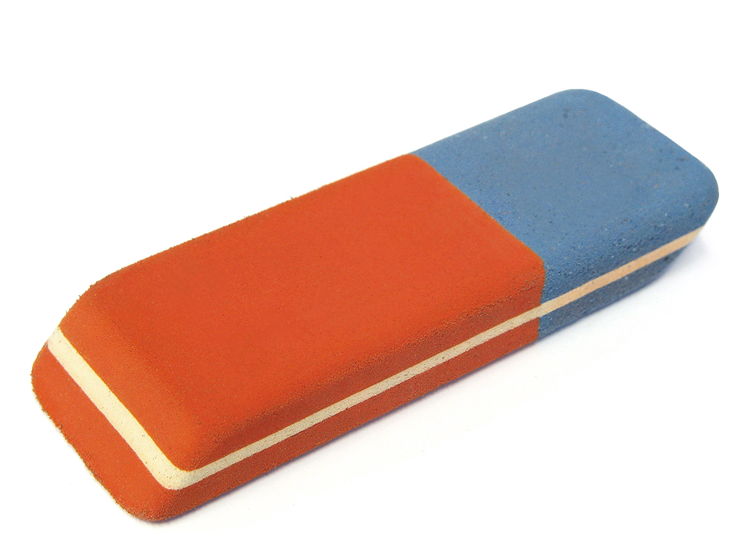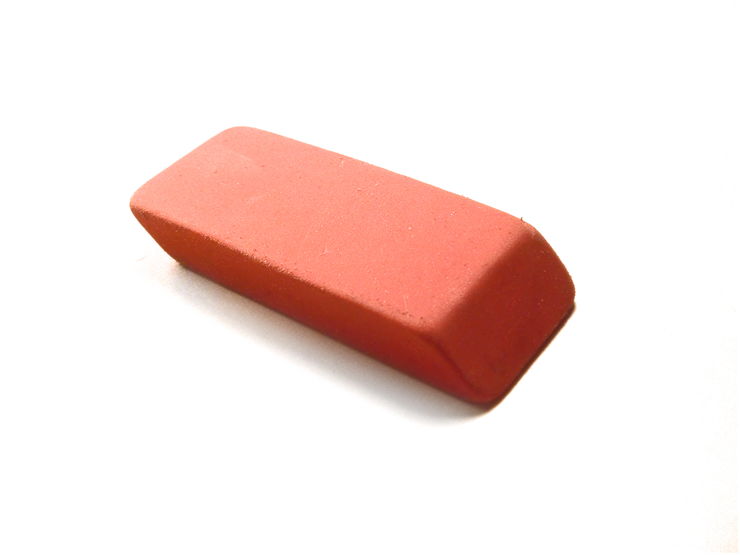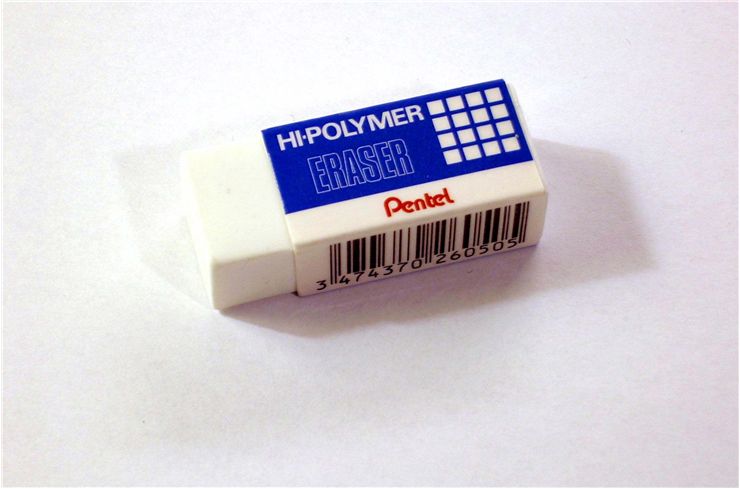Invention and History of Eraser – Facts and Types
An eraser is an object used to remove pencil markings. It is known as an “eraser” in the United States and Canada and as “rubber” in the UK, India, Ireland, South Africa, Australia, and New Zealand. Erasers are made in different shapes, sizes, and colors and from various materials. Cheaper ones are made of synthetic soy-based gum or synthetic rubber, while those of higher quality can be made from vinyl, plastic, or gum-like materials.
People tried to correct mistakes they made while writing even before the eraser was invented. To erase marks from the paper, they used tablets of rubber or wax. They used rough stone bits like sandstone or pumice to remove ink from parchment or papyrus. In Japan, they used soft bread. It was not until 1770 that we discovered a natural plant rubber could be used as an eraser. That year, an English engineer, Edward Nairne, picked up a piece of rubber instead of breadcrumbs and discovered that rubber could erase pencil markings. He started selling rubber (until then known as “gum elastic” or “caoutchouc”). The name rubber came from “rubbing,” which was given to the object between 1770 and 1778. But this kind of eraser didn’t work too well: it crumbled when used and, in time, perished, was too sensitive to weather conditions, and smelled bad.
The solution to that problem came in 1839 when inventor Charles Goodyear invented the method of curing rubber - vulcanization. This process made rubber more durable and made the eraser a household item. Hymen Lipman patented attaching an eraser to the end of a pencil, but he later lost the license. Most common erasers are in block form or placed at the pencil's end for quick and easy use. Barrel or click erasers are built like mechanical pens with an eraser as a core instead of lead. Novelty erasers, modeled as other objects or figurines, are often made from hard vinyl that does not erase too well.
Today we have erasers of different types, not just shapes. “Art gum erasers” are made of soft, coarse rubber and are excellent for erasing larger areas because they don’t damage the paper. The only problem is (as with old erasers) that they crumble while doing so, and their residue has to be removed. This is often done with a broad brush. “Kneaded eraser,” or “putty rubber,” removes graphite or charcoal from a surface by absorbing it. It does not leave behind eraser residue like an art gum eraser because it lasts longer. Still, it loses its efficacy and resilience because the particles that it erases stay inside it. Kneaded eraser can be shaped into a fine point to erase small details; it can be shaped into a larger surface and work as a stamp, and it can work as a blotter to lighten a darker area covered with graphite. They cannot erase larger areas because they deform while rubbing. “Poster putty” looks like a kneading eraser, but it has much stronger lifting strength and erases the surface by lifting graphite from it. Because of how it works, it does not smudge or damage work in progress. In other regards, it works very similarly to the kneaded eraser. An electric eraser is an eraser fastened to a rotor of a small electric motor. The motor rotates the eraser uniformly, erasing the surface with much less damage than with the hand. Soft vinyl erasers are used for precision erasing because they can smear large areas. They are used on technical drawings where they clean better than standard erasers.



